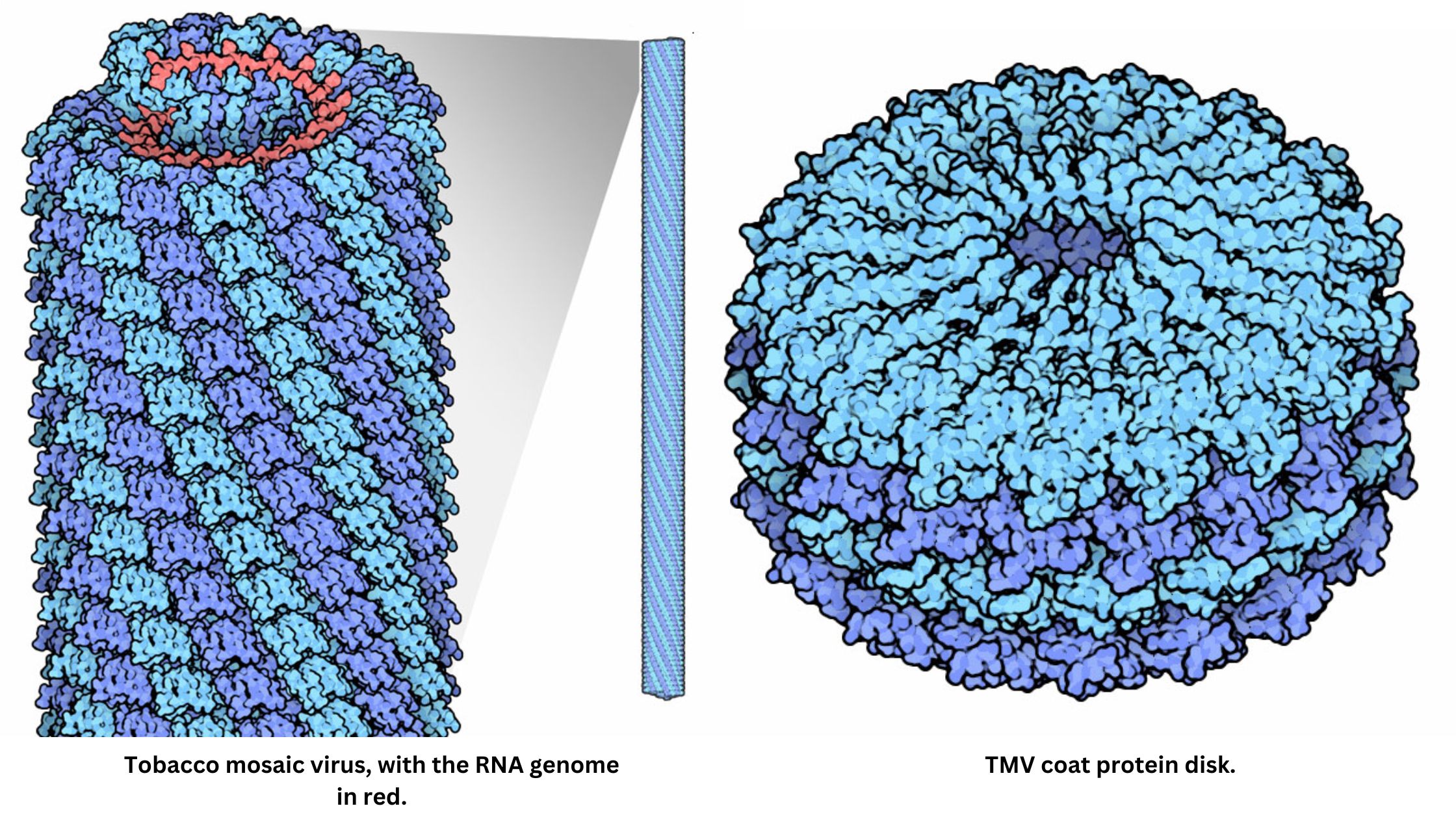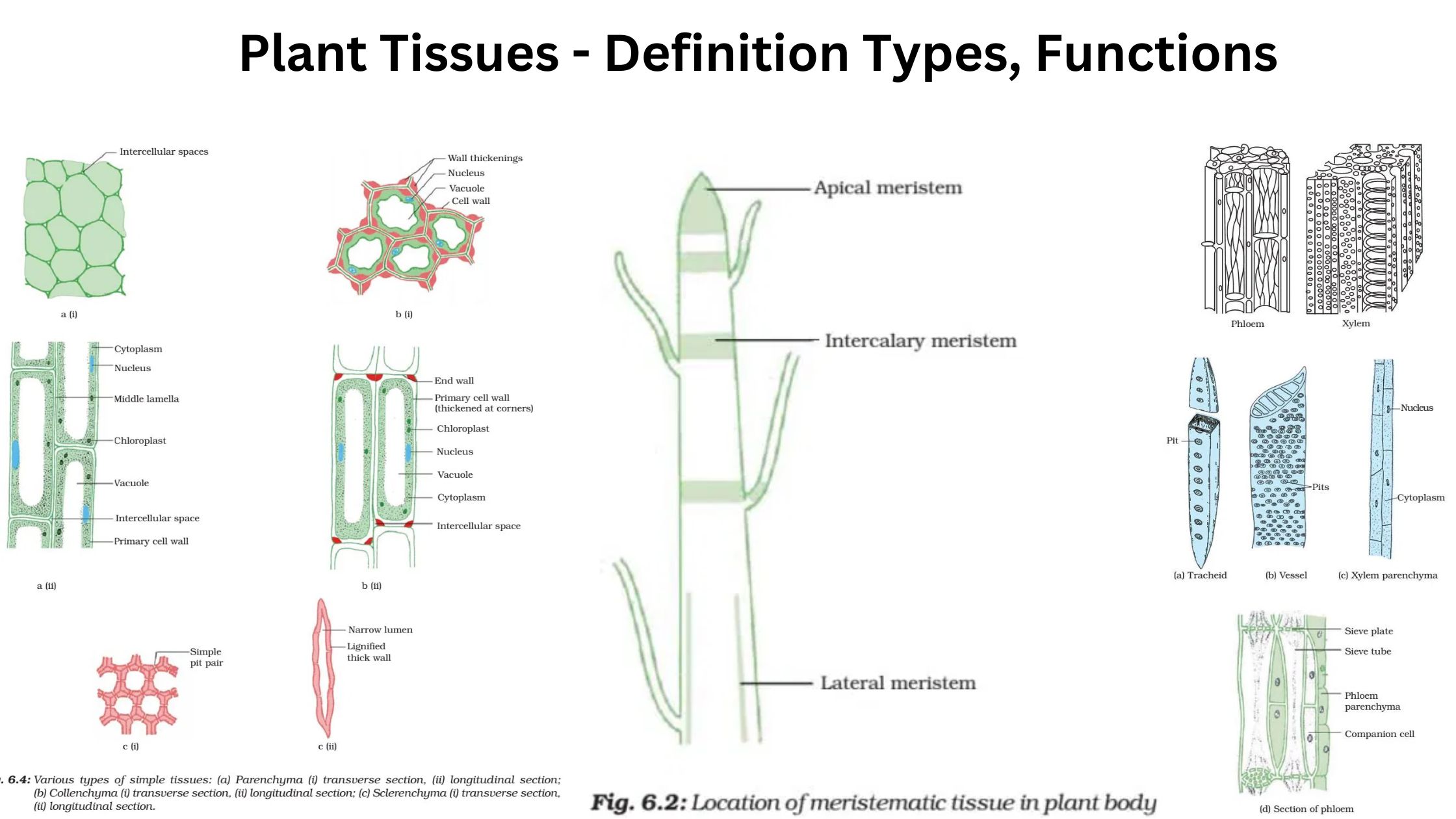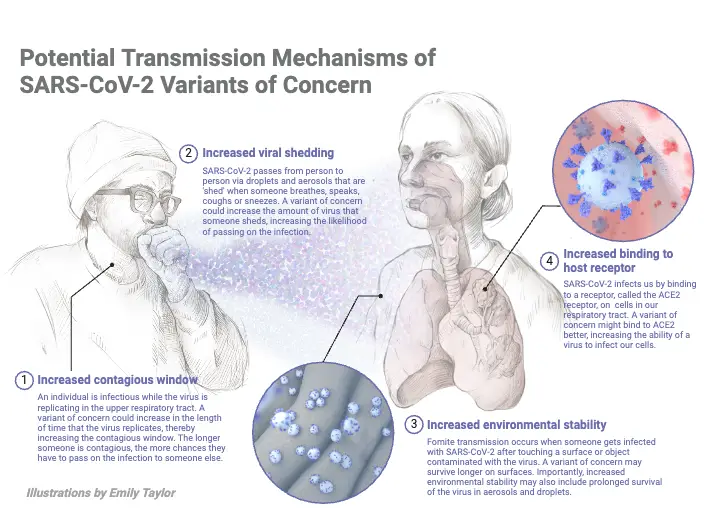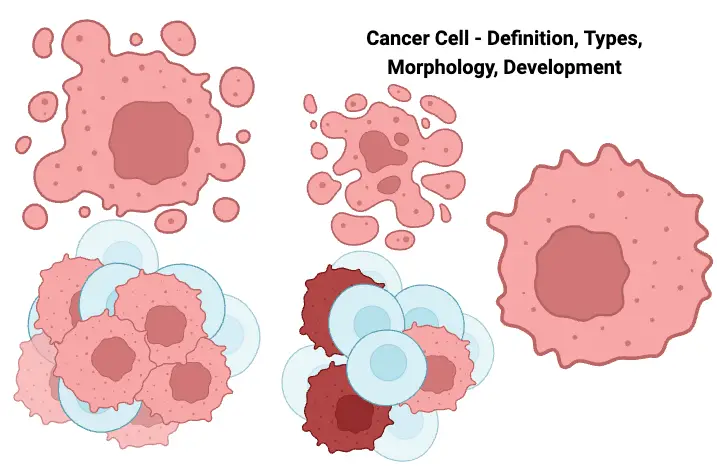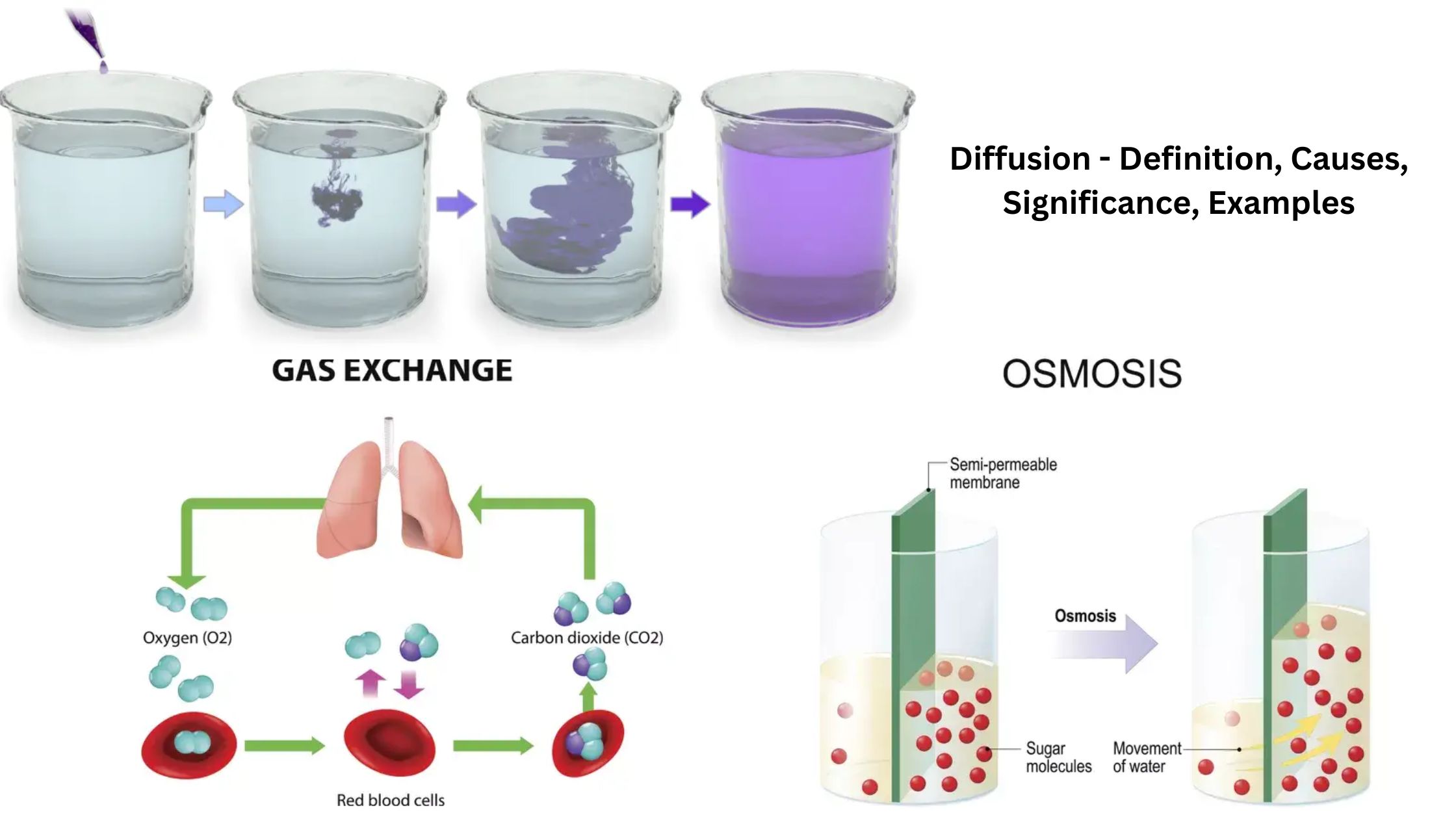Adaptation – Definition, Types, Reasons, Examples
What is Adaptation? Definition of Adaptation Adaptation is the process by which an organism adjusts to its environment through changes in behavior, physiology, or structure, enhancing its chances of survival and reproduction. Types of Adaptations Adaptations are the features and behaviors that help organisms survive in their environments. These adaptations can be physical, behavioral, or … Read more


